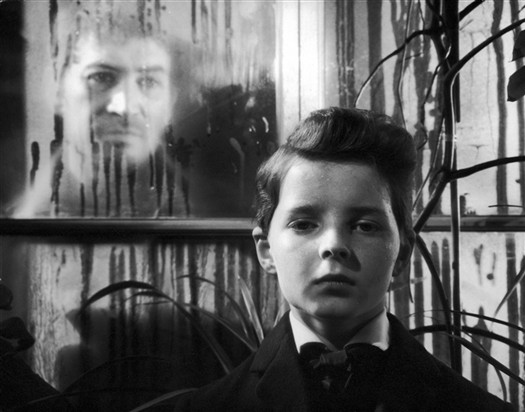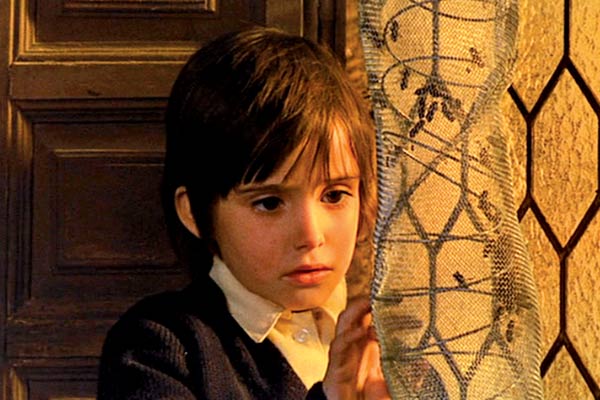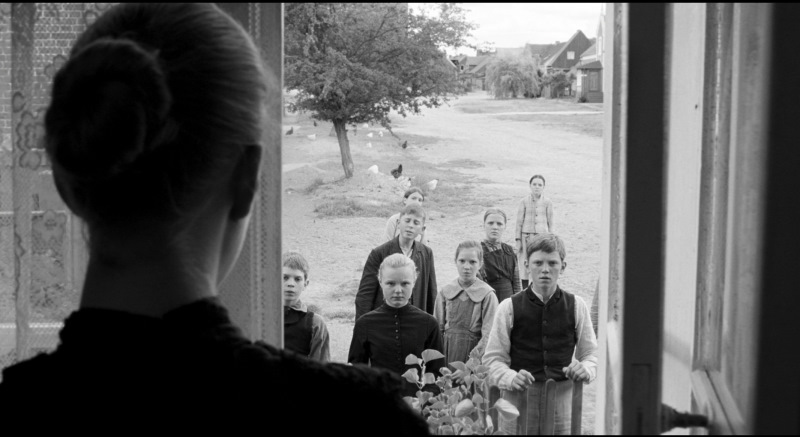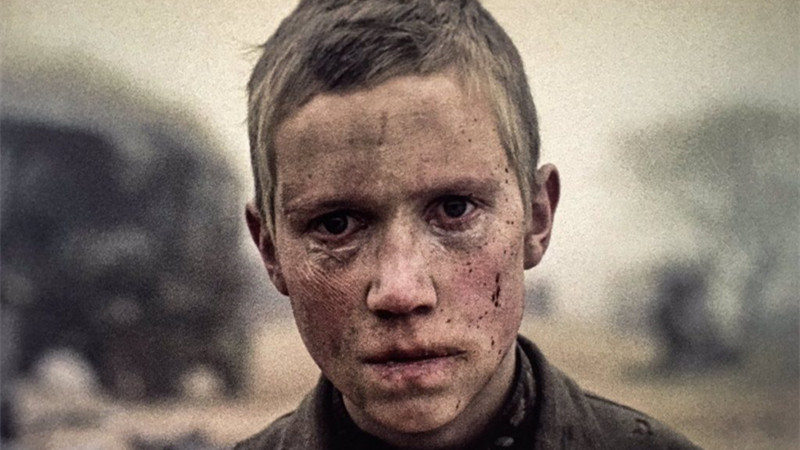5. Ivan’s Childhood

This early work by Andrei Tarkovsky is a melancholy examination of lost youth. Ivan, the young protagonist, is making his way through World War II as a Soviet scout, apparently with soldiers as his only family. Forced to grow up far too early, Ivan’s life is one torn between harsh reality and wistful remembrances of better times. This is a beautifully photographed film, and it’s haunting black and white cinematography sensitively serves the spirit of the film.
Capturing Ivan’s memories of his former carefree life at home, Tarkovsky interweaves beautiful dream sequences into the otherwise gloomy narrative, helping us understand the perspective of one boy grappling with the effects of war. Ivan’s Childhood is a reminder of the devastating ripples that disrupt millions of lives during times of conflict.
4. The Innocents

The Innocents is one of the classiest and most intelligent scary movies of all time. At times so understated that it feels more like a melodrama with only hints of horror, its chilling moments and concepts are more than effective enough to keep us on the edge of our seats.
An adaptation of Henry James’s story “The Turn of the Screw,” this film follows a high-strung governess who goes to care for two unnervingly precocious children. Something is definitely amiss in the large gothic house, but whether the source of the trouble is the neurotic governess, the slightly sinister kids, or a malevolent supernatural presence is left deliberately ambiguous.
What is clear is that the young brother and sister have been exposed to the corrupting influence of a former gardener of the estate, as the governess discovers through their impertinently frank behavior and conversation. If you enjoy an elegant gothic mystery with intimations of horror and dynamic performances, this is your film.
3. The Spirit of the Beehive

This classic Spanish film is an engaging drama with a healthy dose of magical realism. Set in the time of the Spanish Civil War, the story focuses on two young sisters learning to cope with life while growing up in a war-torn country. The differences in the girls’ natures become more apparent after they watch the movie “Frankenstein,” and one of them – apparently unable to discern the difference between real life and cinema – goes searching for the monster.
As the world of her imagination is confronted by the circumstances and characters populating post-war Spain, the girl’s sense of reality is put under pressure to evolve. Echoing the universal journey from childhood to maturity, The Spirit of the Beehive is a touching exploration of the power of faith, kindness, and wonder.
2. The White Ribbon

On the eve of World War I, a small Protestant village with a strict patriarchy is the site of some mysterious and disturbing events. It all begins with the doctor suffering a serious injury when his horse trips on a metal wire strung between two trees. But no one owns up to the twisted act, and more troubling violence soon follows.
As might be expected in an environment of severe discipline, the town’s children are outwardly well-behaved, but are also concealing some troubling tendencies. Their behavior is hinted at more than shown, but at least one person believes that they are the ones responsible for the sadistic occurrences.
Examining the effects of impending war and harsh discipline on the lives of the young people affected, The White Ribbon is a richly layered mystery with no easy answers.
1. Come and See

A hard-hitting film which effectively savages any notions about the idealism or the glory of war, Come and See takes us on a journey with a boy who leaves home and family to join the Russian fight against Germany. Ignoring warning signs and opportunities to turn back, the young patriot persists in his quest toward the front lines, and finds exactly what he sought.
Featuring more straight-on camera shots of the actors than most movies, Come and See immediately immerses us in the experiences and feelings of its characters. Simultaneously, the dialogue is sparse, and during the second half of the film our young protagonist is struck nearly dumb in the face of the horror unfolding before his eyes.
By focusing on the traumatic effects of war on one young victim, the audience is reminded of the immense evil that was unleashed on millions through the life of another single human. Through the boy’s eyes, we grow wistful imagining a world where none of the butchery of war occurred, and we hope for a future free from tyranny and hate.